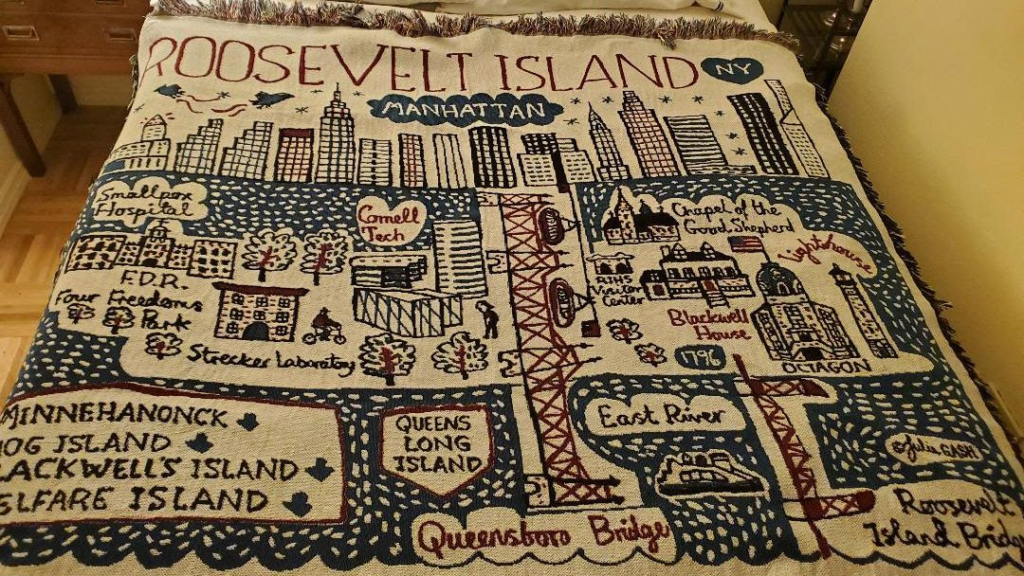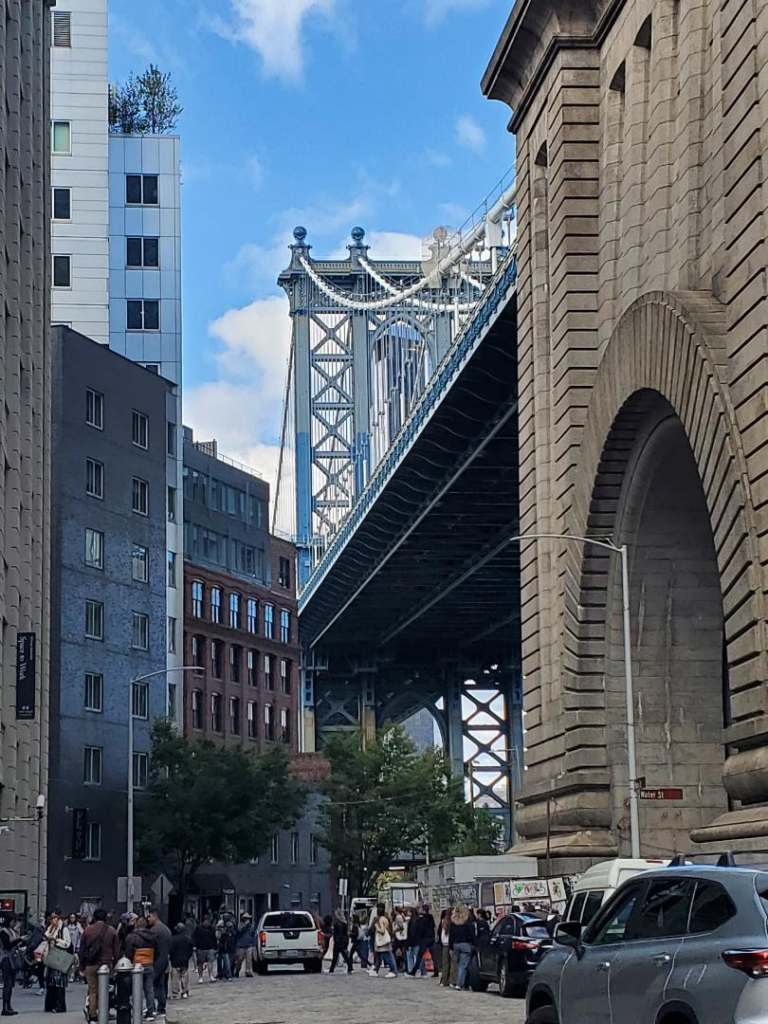Tuesday, October 17, 2023 – ENJOY THE WASHNGTON SQUARE ART


OUR HEARTS GO OUR TO OUR FRIENDS, FAMILIES AND NEIGHBORS IN ISRAEL

FROM THE ARCHIVES
TUESDAY , OCTOBER 17, 2023
One Pioneering
Ashcan Painter
Four Views of
Washington Square Park
ISSUE# 1102
JUDITH BERDY
EPHEMERAL NEW YORK
What exactly attracted William Glackens to Washington Square, leading this founding member of the Ashcan School to create more than 20 paintings set in this iconic Greenwich Village park between 1908 and 1914, according to Washington Square Park Blog?

“Washington Square Park,” 1908]
Proximity likely had something to do with it. After Glackens left his home city of Philadelphia and relocated to New York City in 1896, he found a studio on the southern edge of Washington Square, according to the New-York Historical Society. Over the years, he occupied studios at different locations on the Square.
Glackens also moved with his family into a circa-1841 townhouse at 10 West Ninth Street, steps away from Washington Arch. Here, the painter dubbed the “American Renoir” lived and worked from 1910 to his death in 1938, explains Village Preservation in a 2019 Off the Grid blog post.

[“Descending From a Bus,” 1910]
But there might be something more to it than the Square’s convenient location. At the time Glackens established himself in Greenwich Village, Washington Square “represented the demarcation between the old and new communities of New York,” according to the Museum of Fine Arts in Boston (MFA).
While the descendants of many old New York families still lived in the stately brownstones of Washington Square North, “the less fashionable neighborhoods around Washington Square attracted newly arrived immigrants who worked in the factories and sweatshops nearby and also artists (including Glackens) who were drawn to the bohemian lifestyle of the district,” the MFA states

[“Italo-American Celebration,” 1912]
The presence of this new population mix in Washington Square is evident in Glackens’ 1912 painting of an Italian immigrant parade celebrating Christopher Columbus. Per the MFA: “The juxtaposition of the Old World and the New is further enhanced by the prominence of the Italian and American flags standing side by side in the lower foreground.”
What else may have influenced his decision to paint Washington Square Park, particularly his many full-color depictions of moments of leisure and pleasure?

[“29 Washington Square,” 1911]
Perhaps he was inspired by the simple loveliness of this historic square, as so many ordinary New Yorkers are as well.

OUR JULIA GASH TAPESTRY THROWS HAVE ARRIVED.
100 % COTTON
48″ x 60″
MADE IN USA
$75-
CHARGE CARDS ACCEPTED
ORDER YOURS TODAY OR AVAILABLE AT RIHS KIOSK STARTING ON SUNDAY
ROOSEVELTISLANDHISTORY@GMAIL.COM

EACH THROW IS NEATLY PACKAGED READY TO BE GIVEN AS A GREAT HOLIDAY PRESENT
TUESDAY PHOTO OF THE DAY
SEND YOUR RESPONSE TO:
ROOSEVELTISLANDHISTORY@GMAIL.COM

WEEKEND PHOTO
B. ALTMAN AND CO.
UNDER CONSTRUCTION AT 34TH & FIFTH AVENUE
NINA LUBLIN, GLORIA HERMAN AND ANDY SPARBERG ALL GOT IT RIGHT

CREDITS
Tags: Ashcan School William Glackens in New York City, New York City in 1910s, William Glackens Impressionist NYC, William Glackens Painting Washington Square Park, William Glackens Washington Square, William Glackens Washington Square Studio
Posted in art, Lower Manhattan, Music, art, theater, West Village |
MAYA LEVANON-PHOTOS TIK TOK & INSTAGRAM
All image are copyrighted (c) Roosevelt Island Historical Society unless otherwise indicated
www.tiktok.com/@rooseveltislandhsociety
Instagram roosevelt_island_history
THIS PUBLICATION FUNDED BY DISCRETIONARY FUNDS FROM CITY COUNCIL MEMBER JULIE MENIN & ROOSEVELT ISLAND OPERATING CORPORATION PUBLIC PURPOSE FUNDS.


Copyright © 2022 Roosevelt Island Historical Society, All rights reserved.Our mailing address is:
rooseveltislandhistory@gmail.com

Leave a comment